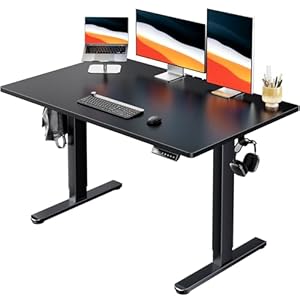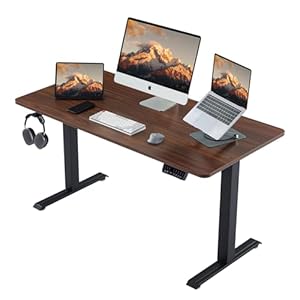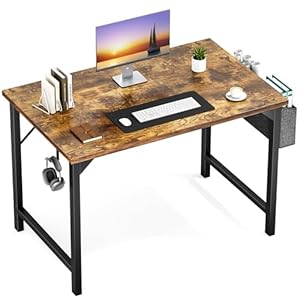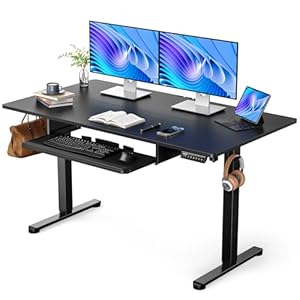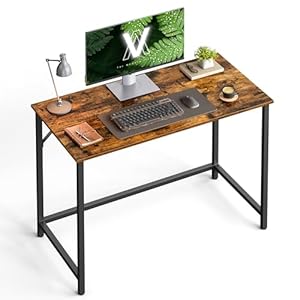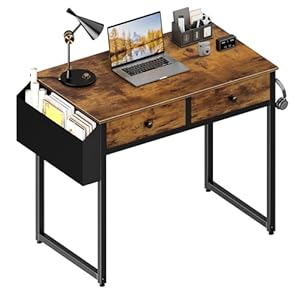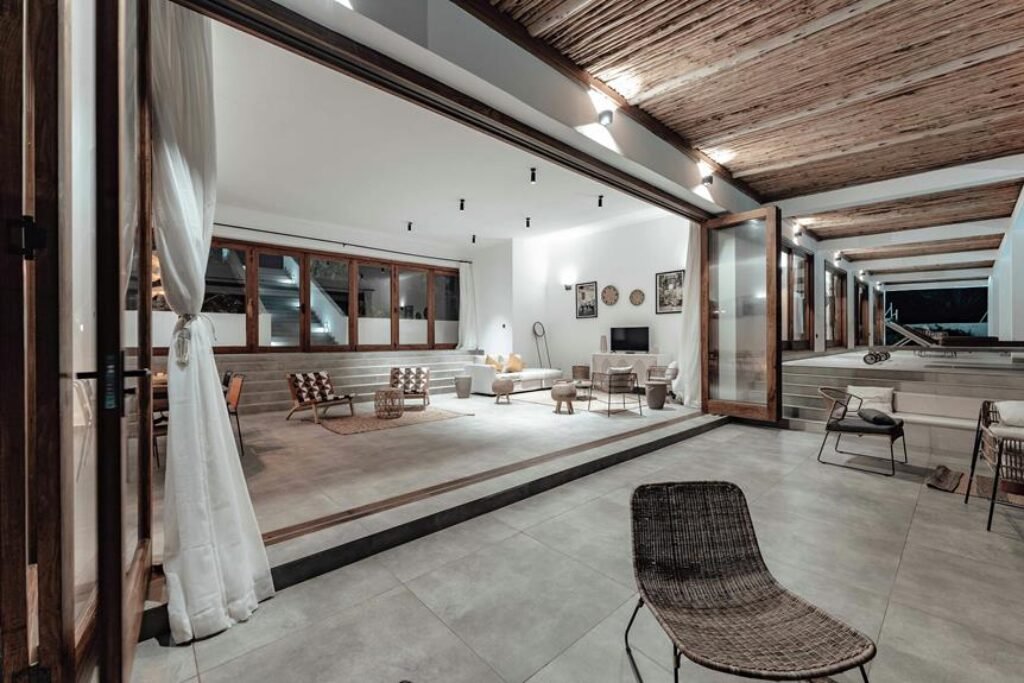
When it comes to optimizing the flow in your home, the way you arrange your furniture plays a crucial role in creating a harmonious living space. By strategically placing your furniture to encourage movement and circulation, you can transform your home into a more functional and inviting environment. Imagine the impact a well-thought-out furniture layout can have on not just the aesthetics but also on the overall functionality of your living space. Ready to unlock the secrets to a seamlessly flowing home?
Assessing Room Layout
When evaluating your room layout for better flow, consider the placement of key furniture pieces first. Start by identifying the focal point of the room, such as a fireplace or a large window. Arrange your main pieces of furniture, like the sofa and armchairs, in a way that highlights this focal point. Next, ensure that there’s enough space for easy movement around the room. Avoid blocking pathways with furniture to create a more open and inviting feel.
To further enhance the flow in your room, think about the function of each space. For example, if you have a reading nook, place a comfortable chair and a small side table nearby. If you use a certain area for socializing, arrange seating in a way that promotes conversation. Additionally, consider the traffic patterns in the room and place furniture in a way that allows for smooth movement from one area to another.
Maximizing Natural Light
To make the most of the natural light in your home, strategically position your furniture to allow sunlight to filter through and brighten up the space. Start by placing your larger pieces, such as sofas and armchairs, away from windows to prevent blocking the light.
Opt for lighter-colored furniture that can reflect light and create a more airy atmosphere. Consider using translucent window treatments like sheer curtains or blinds that can diffuse sunlight while still providing privacy.
Mirrors placed opposite windows can also help bounce light around the room, making it feel more spacious and bright. Additionally, avoid overcrowding your windows with heavy drapes or bulky furniture that can obstruct the light flow.
Defining Functional Zones
Consider arranging your furniture in a way that clearly delineates different functional zones within a room, allowing for distinct areas for various activities. By defining functional zones, you create designated spaces for specific functions, enhancing the organization and efficiency of your room.
For example, in a living room, you could separate the seating area from a study nook by positioning a sofa to divide the space visually. This separation can help differentiate between relaxation and work areas, making the room more versatile.
To define functional zones effectively, use furniture placement, rugs, lighting, or even room dividers to distinguish one area from another. For instance, placing a bookshelf perpendicular to a dining table can create a subtle boundary between the dining and reading areas in an open-plan space. By establishing these zones, you can optimize the flow within your room and make it more conducive to various activities without them blending together.
Enhancing Traffic Flow
Define clear pathways by strategically positioning your furniture to enhance traffic flow within your home. One key aspect to consider is creating a direct route from one room to another without obstacles. Ensure there’s ample space between pieces of furniture to allow for easy movement.
Arrange seating areas away from major thoroughfares to prevent congestion. Utilize furniture placement to guide the flow of traffic, such as using a sofa to delineate a pathway or placing a console table behind a couch to define boundaries. In high-traffic areas, opt for streamlined furniture with rounded edges to prevent any potential accidents.
Consider the natural walking patterns in your home and adjust furniture placement accordingly. Additionally, incorporating furniture with built-in storage can help reduce clutter that may obstruct traffic flow.
Trending Products

